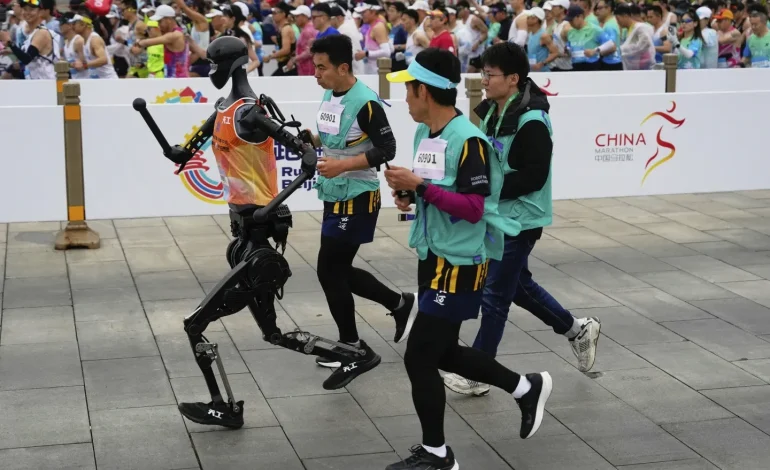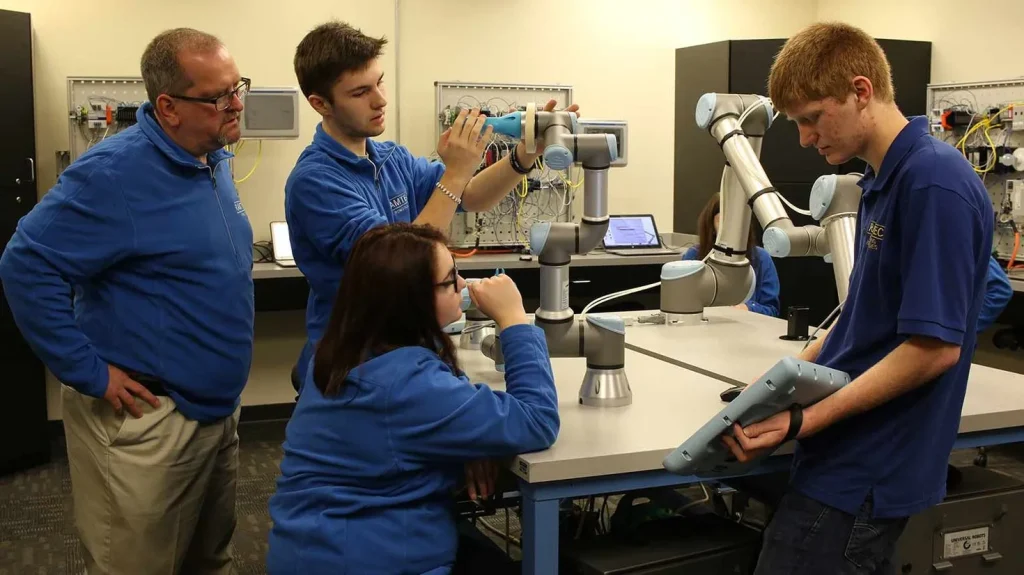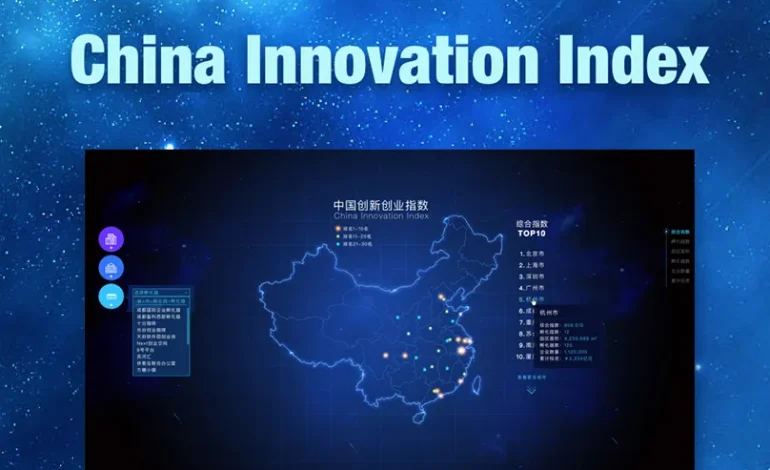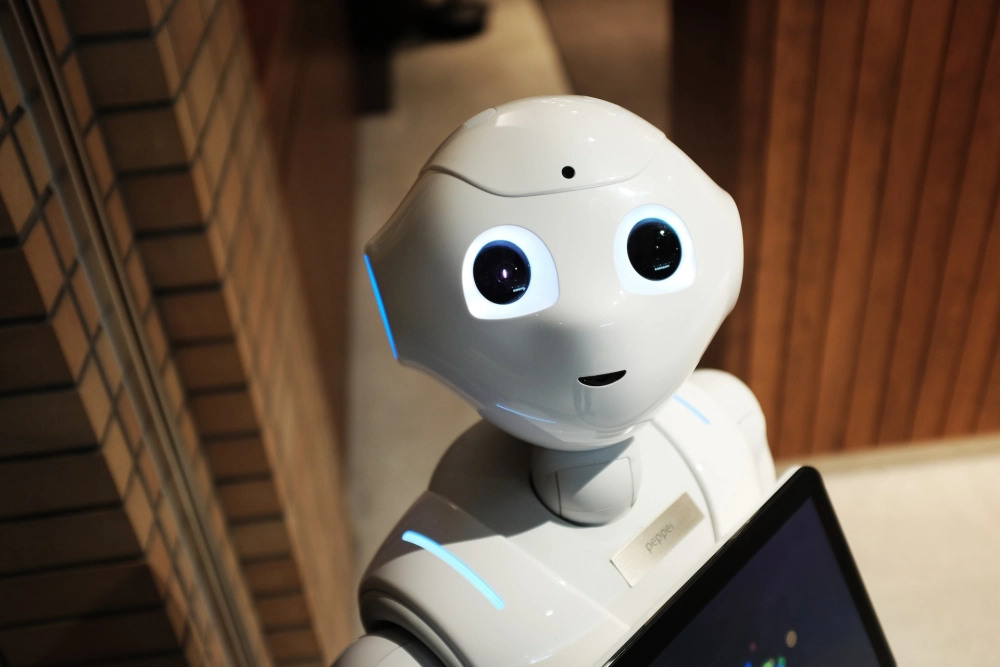Chinese Universities Lead Global Patent Race in Robotics

Introduction
Chinese universities have emerged as global leaders in robotics patents, reflecting the country’s growing dominance in high-tech innovation. Institutions such as Tsinghua University, Zhejiang University, and Harbin Institute of Technology have filed thousands of patents in areas including industrial automation, AI-integrated robotics, and service robots. This surge in patent activity demonstrates the increasing role of Chinese academia in driving technological advancement, supporting domestic industries, and influencing global research trends.
Patent Statistics and Trends
According to recent data from the World Intellectual Property Organization (WIPO), Chinese universities collectively account for over 35 percent of global robotics-related patent filings in 2025. Tsinghua University leads with approximately 1,200 patents filed in the past year, covering robotic arm designs, AI-powered navigation systems, and autonomous manufacturing solutions. Zhejiang University and Harbin Institute of Technology follow closely with 950 and 870 filings, respectively.
The growth in patent filings is not limited to quantity but also quality. Many patents involve advanced AI integration, human-robot interaction systems, and precision manufacturing technologies. International collaborations, particularly with European and North American research institutions, have further enhanced the sophistication and global relevance of these innovations.
Focus Areas in Robotics Research
Chinese universities are actively pursuing research in multiple robotics domains:
- Industrial Robotics: AI-enabled robotic arms, autonomous assembly lines, and predictive maintenance systems designed for factories and smart manufacturing zones.
- Service Robotics: Healthcare robots, eldercare assistants, and logistics automation robots tailored for urban and residential applications.
- AI Integration: Robotics systems leveraging machine learning for adaptive behavior, autonomous decision-making, and real-time environmental sensing.
- Human-Robot Interaction: Research on safety protocols, intuitive interfaces, and collaborative robotics to enhance usability in diverse environments.
This focus ensures that Chinese institutions remain competitive across the full spectrum of robotics technology, from industrial applications to emerging service-oriented solutions.
Research Funding and Infrastructure
Government support plays a key role in facilitating robotics innovation. The Chinese Ministry of Education and the Ministry of Science and Technology provide grants, subsidies, and infrastructure funding to top universities for research in AI and robotics. National laboratories, robotics incubators, and collaborative innovation hubs enable researchers to access advanced equipment, high-performance computing, and simulation platforms.
For example, Tsinghua University’s Robotics Research Institute has invested in a state-of-the-art AI lab, equipped with robotic arms, autonomous vehicles, and simulation tools for real-world testing. These facilities allow students and faculty to prototype, test, and optimize robotics solutions efficiently, accelerating the patent development process.
Industry Collaboration
Universities maintain close ties with Chinese tech firms, including Huawei, DJI, Baidu, and SenseTime. Collaborative projects range from industrial automation solutions for manufacturing plants to AI-powered service robots for logistics and healthcare. Industry partnerships provide practical testing environments, funding for research projects, and access to commercial production capabilities.
Such collaboration ensures that patents are not only theoretical but have practical applications in domestic and international markets. Companies benefit from academic innovation while universities gain insights into industrial requirements, creating a mutually reinforcing ecosystem of research and commercialization.
Global Implications
Chinese universities’ leadership in robotics patents has implications for international competitiveness. By filing high-quality patents, China strengthens its position in key technology sectors, influences global standards, and attracts partnerships with foreign institutions and corporations.
Global investors and technology firms monitor patent trends to identify emerging innovations, potential collaborations, and market opportunities. The concentration of robotics patents in China underscores the country’s strategic emphasis on advanced manufacturing, AI, and automation, signaling that Chinese institutions are not only following global trends but setting them.
Talent Development and Academic Impact
The robotics patent surge is closely tied to talent cultivation. Chinese universities are producing a steady stream of highly skilled engineers, AI specialists, and robotics researchers. Graduate programs, research internships, and cross-disciplinary training ensure that students gain expertise in both theoretical and applied aspects of robotics technology.
Universities also promote international exchanges, sending students and faculty to collaborate with global research institutions. Such programs enhance knowledge transfer, foster innovation, and position Chinese graduates as leaders in the global robotics industry.

Challenges and Considerations
Despite remarkable growth, challenges remain. Intellectual property protection and enforcement can be complex when collaborating internationally. Ensuring patents translate into commercial products requires robust industry partnerships, technology transfer mechanisms, and market readiness.
Funding sustainability and infrastructure expansion are also critical. Maintaining state-of-the-art robotics labs, high-performance computing facilities, and access to rare materials or components can be resource-intensive. Universities must balance research ambitions with practical deployment and industrial integration.
Future Outlook
Chinese universities are expected to continue expanding their robotics patent portfolios. Anticipated areas of growth include AI-driven autonomous vehicles, precision surgery robots, collaborative industrial robots, and eldercare service machines. Government support, industry collaboration, and international partnerships will sustain this trajectory.
Analysts predict that by 2028, Chinese universities could collectively hold more than 40 percent of global robotics patents, reinforcing China’s leadership in technological innovation. This growth will also influence global supply chains, standards development, and international research collaborations.
Conclusion
Chinese universities have firmly established themselves as leaders in robotics innovation, reflected in their dominant position in global patent filings. Strategic government support, industry collaboration, and investment in talent and infrastructure have enabled institutions such as Tsinghua University, Zhejiang University, and Harbin Institute of Technology to drive technological advancement across multiple robotics domains. As these universities continue to innovate and collaborate internationally, China’s influence on global robotics standards, industrial applications, and AI integration will strengthen, highlighting the critical role of academia in shaping the future of technology.






